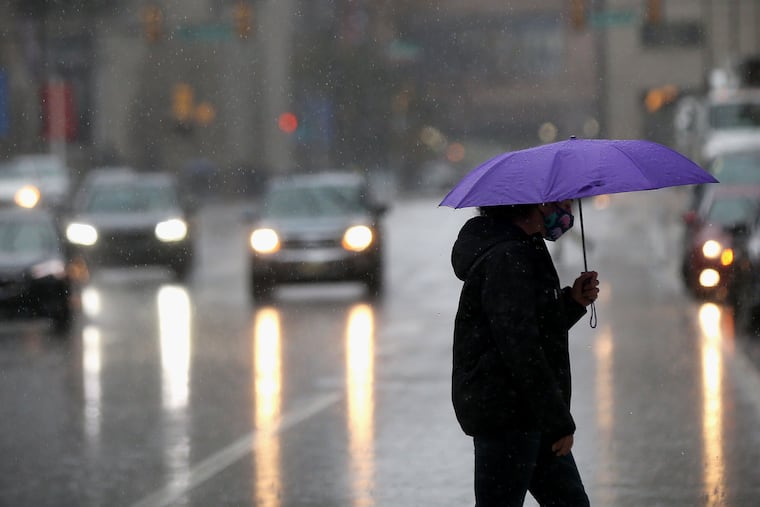Vision Zero remains crucial to curbing traffic violence in Philly | Editorial
Traffic volume may be lower, but traffic-related fatalities are "off the charts" in Philadelphia, now in its third year of a Vision Zero plan to eliminate such deaths entirely by 2030.

Saixiang Lin died on the day City Hall released its third annual update of Vision Zero, the ambitious plan to modify infrastructure, lower speed limits, and use other tools to eliminate traffic-related fatalities in Philadelphia by 2030. The 60-year-old Northeast Philly grandmother’s Nov. 12 death was the city’s fourth hit-and-run fatality within a week and its 120th traffic-related fatality of 2020. There were 90 such deaths in 2019. The Bicycle Coalition of Greater Philadelphia says this year has “the worst level of traffic violence“ since 1997.
The awful toll suggests that reducing, let alone eliminating, the number of deadly traffic accidents in Philadelphia is a painfully slow process. It doesn’t mean the Scandinavian-inspired Vision Zero approach — which treats transit, cycling, walking, and driving as equally essential components of a transportation system — is unworkable in historically car-centric America, as advocacy groups like the National Motorists Association would have the public believe.
But the rise in deaths does suggest that Philly’s plan needs to be flexible and adaptable and that the city ought to have the freedom to expand automated enforcement beyond the speed camera pilot program on Roosevelt Boulevard. Philadelphia shouldn’t have to ask Harrisburg for enabling legislation every time it seeks to take such steps on state highways, which comprise 30% of the city’s network and include some of its most dangerous thoroughfares. Building protected bike lanes, a crucial Vision Zero goal, is an especially cumbersome process on those state highways because of PennDot regulations, a needless roadblock that would be eased by approval of a measure under consideration by the state Senate.
» READ MORE: Roosevelt Boulevard speed cameras will start issuing hefty fines to violators Saturday
The 2020 statistics also underscore the importance, central to Vision Zero, of partnering with communities. The city already has done so regarding the proposed Washington Avenue rebuilding project, and elected officials in Philly and Harrisburg are working on emergency measures following a public outcry about a particularly dangerous stretch of Cobbs Creek Parkway.
But more startling than the rise in the death toll is the fact that has occurred despite dramatically lower traffic volumes in Philadelphia that have come as a result of the pandemic. That is also true elsewhere in the region and the country. Experts say less crowded streets can actually be less safe because drivers become more liable to step on the gas. Preliminary data from the U.S. Department of Transportation show a significant hike in the nationwide fatality rate for the first six months of 2020 compared with last year.
» READ MORE: Washington Ave. could be a great city street, with new survey pointing the way | Editorial
Meanwhile, SEPTA ridership has yet to recover, but traffic volumes in the city are estimated to have rebounded to about 80% of pre-pandemic levels. More delivery vehicles, and commuters opting to drive in order to mitigate potential coronavirus exposure, are likely factors and suggest even greater congestion may be a legacy of the pandemic. And the number of people walking and cycling also has increased, leaving more people potentially vulnerable to being hit. Four Philly cyclists have been killed so far this year.
As cuts in city spending are likely to further erode the impact of Vision Zero, it’s important to remember that human lives are at stake.